Flight Simulators
As always opinions differ on pretty much all subjects, in our opinion, a good quality RC flight simulator is essential to not only the very first steps of learning to fly, but also to the ongoing evolution of your skills as an RC helicopter pilot.
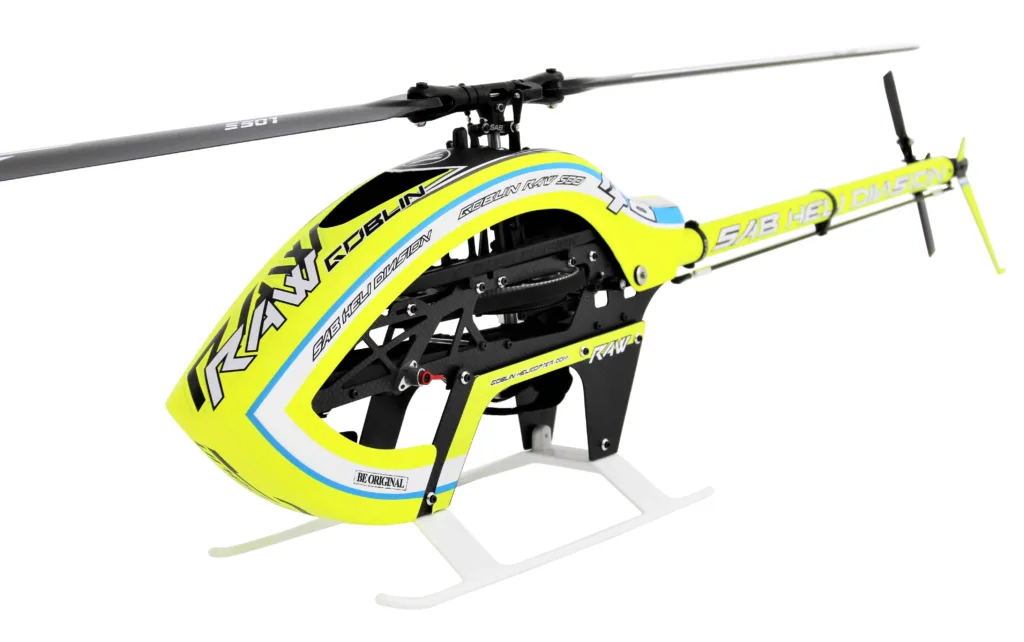
What is an RC helicopter simulator?
Simply put, it is a piece of software that you install on your PC or laptop, and then connect your helicopter transmitter to your computer either via USB or if it’s a posh setup, then connect by wireless dongle. The simulator looks much like a game with a choice of various helicopters set within a range of sceneries such as a typical flying field. The key thing and the fundamental purpose of the simulator, is that you use an actual RC helicopter controller (transmitter), and all the controls are exactly the same as the real thing.
Many of the main RC helicopter simulators also include various tutorials, lessons, and flight training which offer varying degrees of sophistication.
The key advantage that RC simulators bring to the table is that it will cost you nothing to crash a helicopter on an RC simulator. This is not to say that crashing a real helicopter is always expensive.
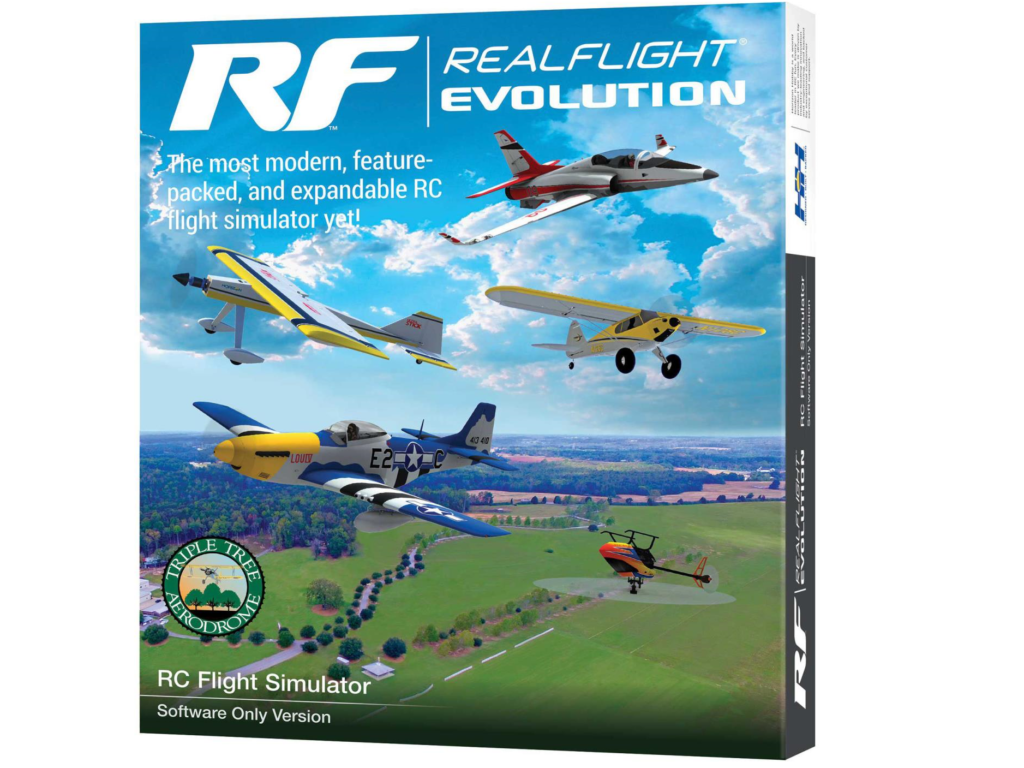
Another major benefit of RC simulators is their sheer convenience. It doesn’t matter what the weather is doing or how light it is outside. There is no need to charge batteries of drive to a flying club. You can literally jump on a flight sim and practice for 15 minutes whenever you get a spare moment.
Simulator installed, transmitted connected and setup, now what?
Our objective is to provide an overview of the steps and not get lost in the detail of how to perform each step. There are endless resources online that do provide detailed instructions and video tutorials, these can be found on the YouTube section.
The first objectives are to spool up, take off to a maximum of head height, hover on the spot, and then land again without tipping over. How hard can it be? very, but don’t let that put you off.
It is absolutely critical that you keep the tail of the helicopter facing you with the nose pointing away. In this orientation, left is left, and right is right, tail movements are also correct i.e. left tail input will make the tail go left and right tail input will make you tail move right. As soon as the tail is not facing directly at you, the orientations change, and with them the inputs also change. For example, if the helicopter tail is pointing away from you and nose facing you, left will become right and vice versa. With 360 degrees of orientation, you can begin to imagine why it is critical that when first learning to fly an rc helicopter, that you keep the tail facing the pilot.

I can take off, hover, and land again, now what?
Now it’s time to start your basic circuit training.
By circuit, we actually mean fly in a circle in the first instance. This will require your first turn. People all tend to be stronger turning a helicopter in one direction over the other. We would recommend trying both to see which comes more naturally and then master that direction before attempting the other.
The objective with all circuits is consistency and control. The aim is to keep a constant altitude, speed, and complete a symmetrical circuit.
As soon as you can fly a consistent, symmetrical circuit in your preferred direction, start doing the same in the opposite direction.
There are endless circuits that you can practice, circle, oval, square, rectangle all leading up to the figure of eight. The figure of eight needs to be the same size, shape and height circle on both sides of the eight, and you must cross at the same point each time. Again, once mastered in your preferred direction, start doing the same in the opposite direction.
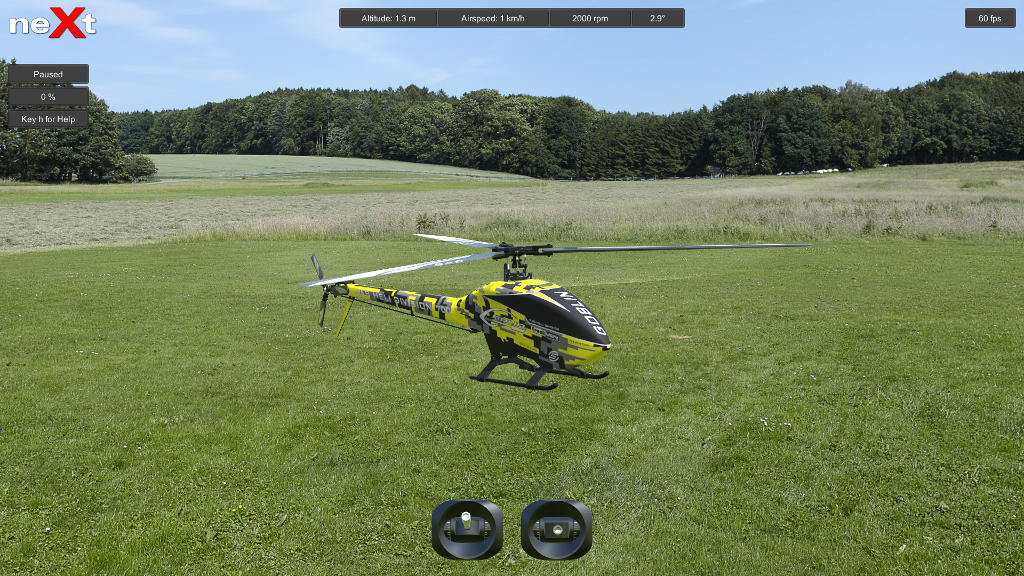
I’ve mastered circuits….. now what?
The nose in hover! With all the circuit practice you have been doing, you have been developing your orientation skills to the point where you should now be able to attempt a nose in hover. By this we mean a normal take off with the helicopter tail facing the pilot, then rotate the tail 180 degrees so the helicopter is facing the pilot. A constant position and altitude should be maintained.
The nose in hover is difficult because your directional inputs are all reversed. I think there is also something intimidating about being in control of a helicopter that is hovering facing you, head to head when all the directional inputs feel so alien.
Once you have mastered all the above, flip you helicopter upside down (inverted), and go back to the beginning.
Circuit practice can start to feel a bit like a chore, especially if you’re at a flying club where people are flying crazy acrobatics and there’s you, sedately flying around in circles like an old lady. Circuit practice will pay you dividends because ultimately, you are mastering all orientations and doing so will mean that you can recover from just about any position you find your helicopter in. From here, you can progress in any direction such as precision acrobatics, 3D extreme acrobatics, scale flying etc…
Acrobatics
We encourage all to spice up repetitive circuit practice with a cheeky loop and role here and there. The great thing about a sim is that it costs nothing to crash, and all practice is good practice.
There are many people that can fly some amazing 3D extreme acrobatics that cannot hover nose in or fly a certain type and direction of circuit. There are many videos online that break down 3D manoeuvres step by step with the input sticks shown in the bottom corner of the screen. You can learn stick input patterns as opposed to learning to actually fly but that feels a little like cheating.
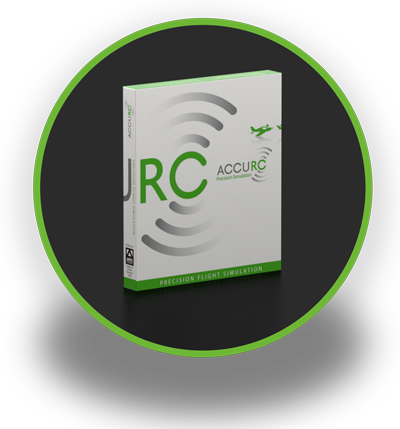
We encourage people to persist with circuits and leave the 3D until you have a solid fundamental control of your helicopter In all orientations.
Summary
A great way to learn to fly RC helicopters is the combination of an inexpensive indoor Ready to Fly (RTF) helicopter, combined with a good quality RC helicopter simulator. Not only can you master your initial and take off, hover, and landing with zero risk, but you can also then put your newfound skills to the test in the real world on your RTF helicopter.
The main players for Flight Simulators are:
AccuRC RC Simulator video
NeXt RC Simulator video
RealFlight RC Simulator video
Information on the costs of RC helicopter simulators can be found here.
